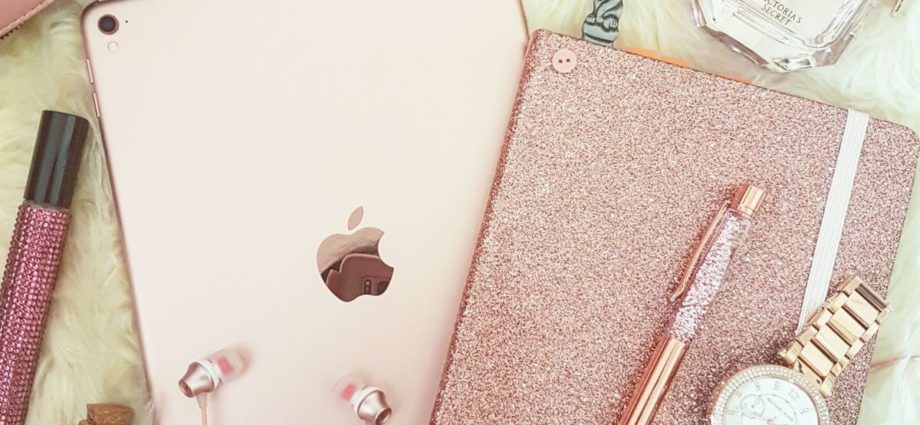Skin Lightening Treatments
Skin lightning products– also known as bleaching creams, whiteners, skin brighteners, or fading creams — work by reducing a pigment called melanin in the skin. Most people who use lighteners do so to treat skin problems such as freckles, age spots, acne scars, or discoloration related to hormones. It is also a technique used to lighten naturally dark skin.
Skin lightening products do come with some risks. As with any new product, be sure to read the label and know the facts before you buy and apply a skin lighter.
What Determines Skin Color?
Skin color is determined by the amount of melanin in the skin. Melanin is a pigment produced by specialized cells called melanocytes. People with dark skin have more melanin.
How much melanin your skin has is mainly a matter of your genetic makeup . Sunlight exposure, hormones, skin damage, and exposure to certain chemicals can also affect melanin production.
Changes in skin color will often resolve themselves. For instance, tans fade when the amount of direct exposure to sunlight is reduced. But over time, certain discolorations, such as “age” spots or “liver” spots, become more or less permanent.
What Is Skin Bleaching?
Skin lighters is a cosmetic treatment to reduce the prominence of skin discolorations and even out the color of the skin. You can buy bleaching creams over the counter and by prescription.
Some people apply skin lightener to their entire body to change their complexion , but this can be very risky. The active ingredient in some skin lighteners is mercury, so bleaching can lead to mercury poisoning.
Mercury is a toxic agent that can cause serious psychiatric, neurological, and kidney. problems. Pregnant women who use a skin lightener with mercury can pass the mercury to their unborn child.
The use of mercury as an ingredient in skin lighteners is banned in the U.S. However, some skin lighteners produced outside the U.S. may still contain mercury.
How Do Skin Lighteners Work?
Skin lighteners contain an active ingredient or a combination of ingredients that reduces the amount of melanin in the skin where it is applied.
The most widely used ingredient in skin lighteners sold in the U.S. is hydroquinone.
The FDA regulates the use of hydroquinone in the U.S. Over-the-counter skin lighteners can contain up to 2% hydroquinone. Dermatologists can write prescriptions for lighteners that contain 4%-6% hydroquinone.
It’s important to check with your doctor before using a product with hydroquinone and to follow the doctor’s directions exactly.
Other skin lighteners use drugs such as steroids and retinoic acid, which comes from vitamin A, as active ingredients. And some skin lighteners use natural ingredients such as kojic acid — a compound that comes from a fungus — and arbutin, a compound found in various plants.
Risks of Skin Lighteners
One of the most significant risks of using some skin lighteners is the potential exposure to mercury. One study found that nearly 1 out of every 4 skin lighteners made in Asia and sold outside the U.S. contained mercury.
There are other potential risks of skin lighteners. Those risks can include the following:
• Prolonged use can contribute to premature aging of skin.
• Long-term use may increase the risk of skin cancer o from sun exposure. Always use sunscreen when using a skin lightener and going out in the sun.
• Steroids in some skin lighteners may increase risk for skin infections, skin thinning, acne, and poor wound healing.
• Applying steroids to large areas of skin may put you at risk for health problems related to steroid being absorbed by the body.
• Hydroquinone may cause unwanted and untreatable skin discoloration (ochronosis).
• Various bleaching agents, including natural ingredients, can cause skin irritation or allergic reaction.
Special Precautions When Using a Skin Lightener
• Talk to your doctor before using a skin lightener and ask for specific instructions for the product.
• Make sure there is no mercury in the product. Mercury is sometimes listed under other names, such as calomel, mercuric, mercurous, or mercurio.
• Make sure an over-the-counter skin lightener with hydroquinone has no more than 2% of that chemical.
• If a label lists hydroquinone but doesn’t say how much it contains, don’t assume it’s safe to use. Some foreign products contain more hydroquinone than is allowed in the U.S. and some labels may not be accurate.
If you have any questions about a product you are considering, talk with your doctor or pharmacist to be certain it’s safe. Your dermatologist may also recommend other treatment options, such as chemical peels , microdermabrasion, and laser treatments.


